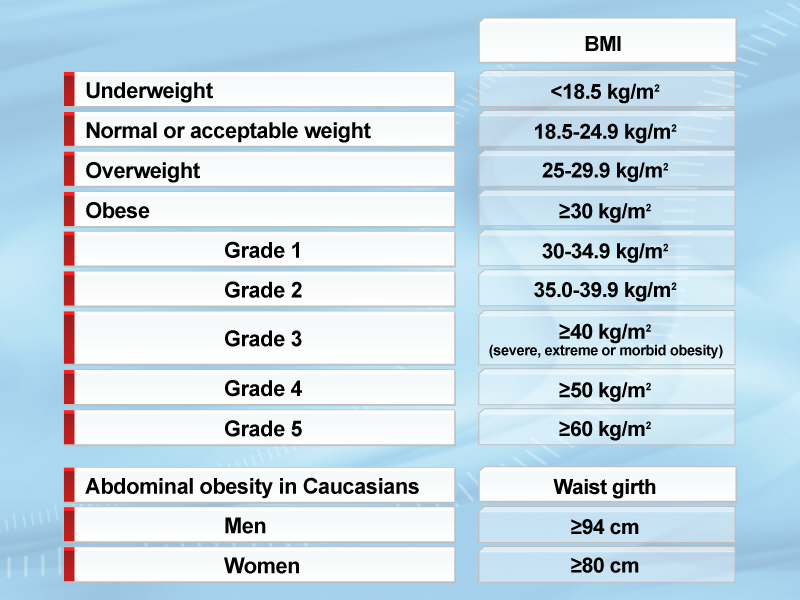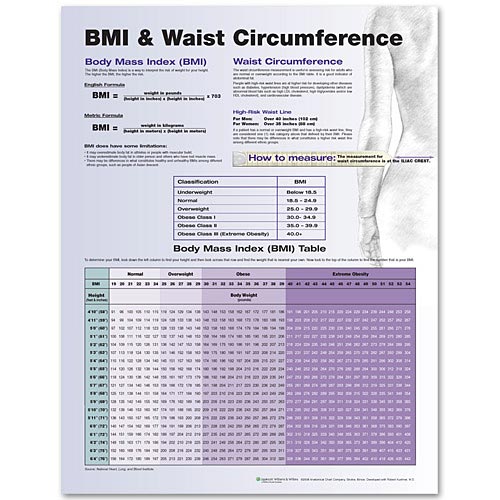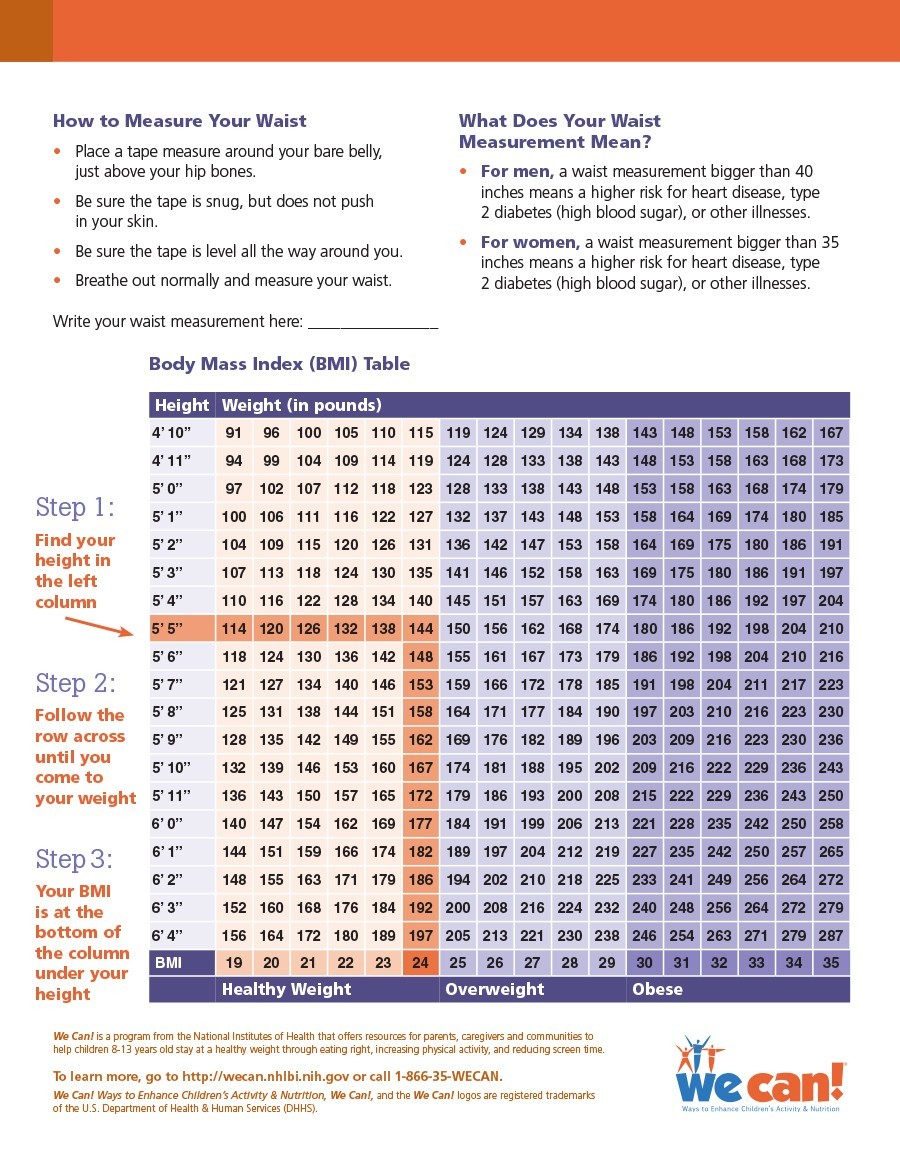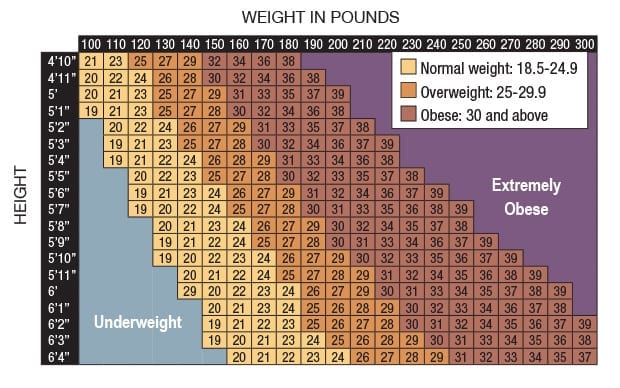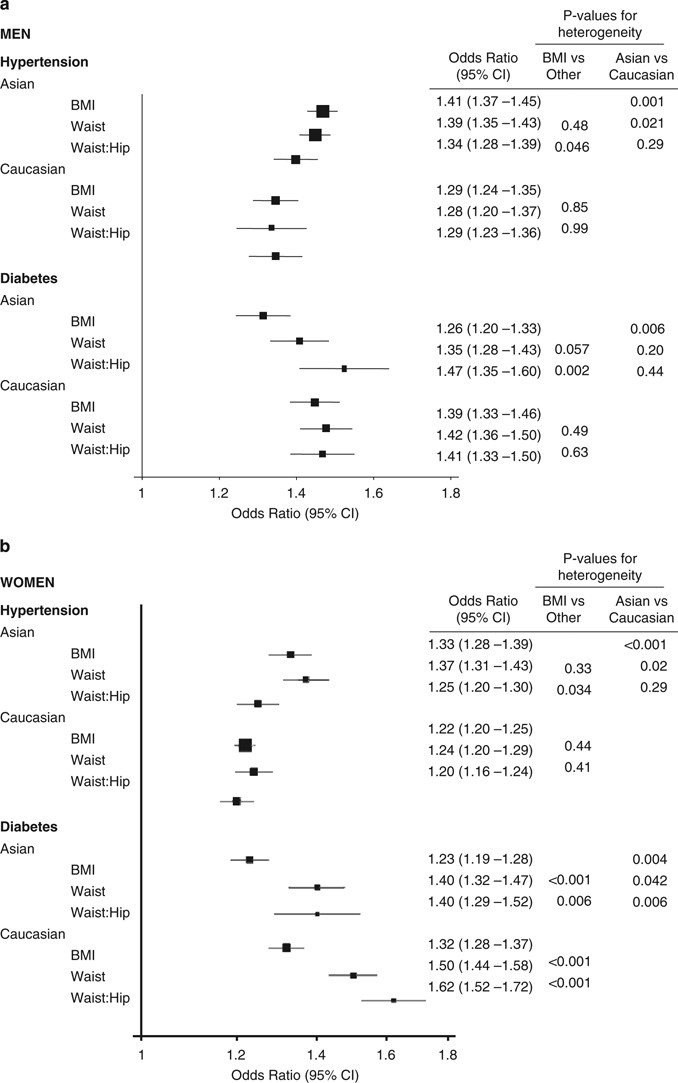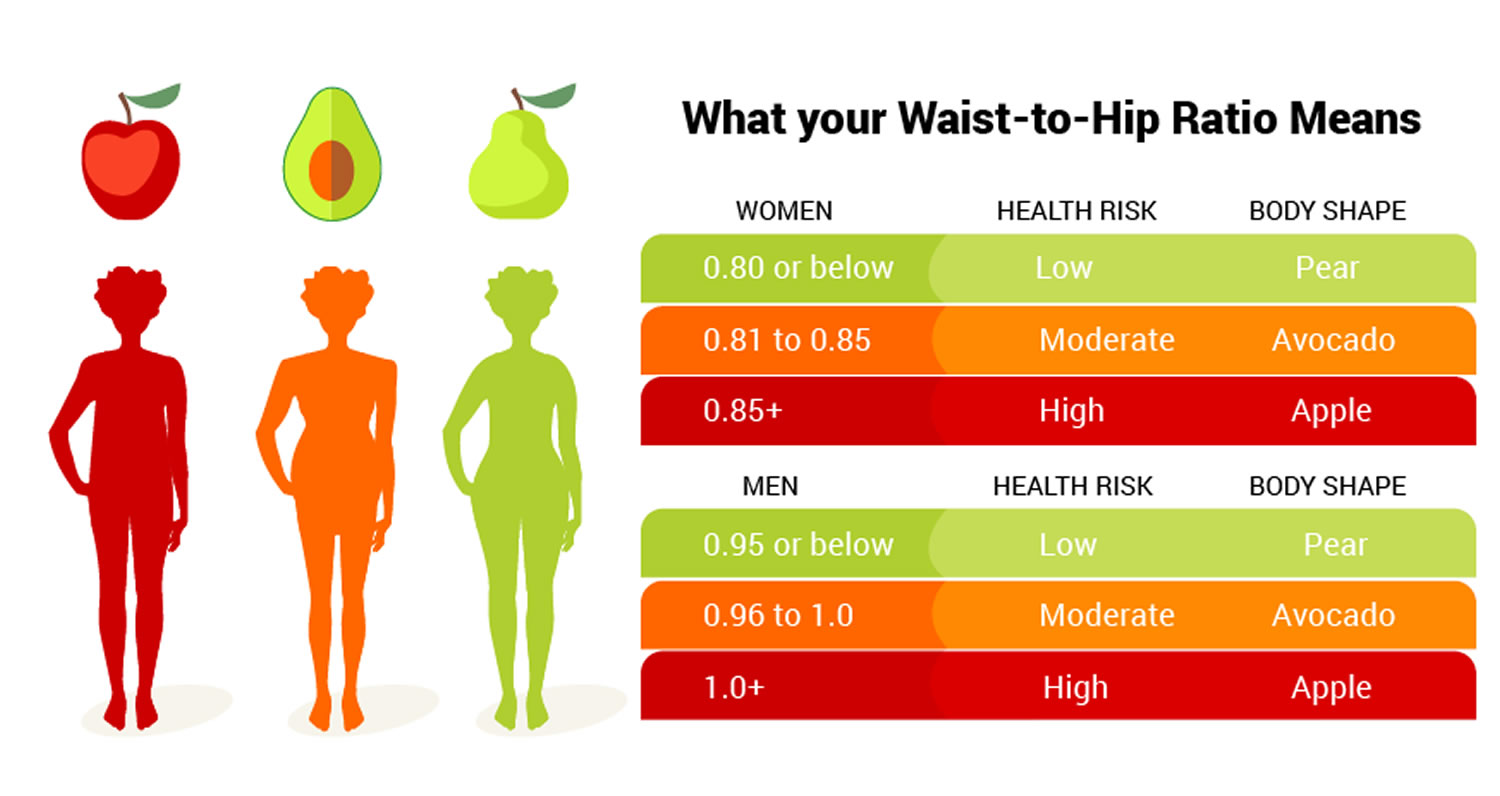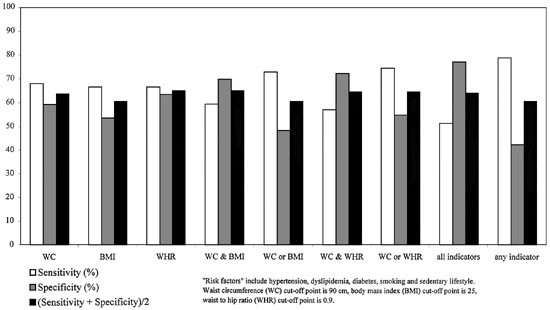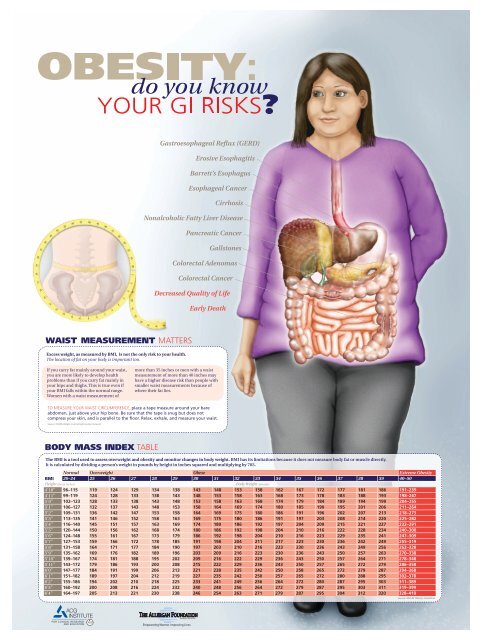
Body Mass Index With Waist Measurement
Body mass index bmi uses weight and height to estimate body fat. The simple equation is. Body mass index bmi and waist circumference are screening tools to estimate weight status in relation to potential disease risk. To calculate body mass index bmi divide weight in kilograms by height in metres squared. However bmi and waist circumference are not diagnostic tools for disease risks. To prevent unsightly stretch marks its important to keep your bmi in the normal range.
Overweight and obese individuals are at risk for a variety of medical conditions and dramatic weight gain or loss can lead to stretch mark eruptions. Write down both numbers and divide your waist measurement by your hip measurement. Covid 19 updates see how were providing safe in person care and virtual visits. Calculate your body mass index. 82 174 174 27kgm2 weight height height bmi the desirable range is from 185 to 25kgm2. Body mass index bmi the body mass indexbmi is calculated by dividing your weight in kg by the square of your height in meters.
Whr waist in inches hips in inches. Bob is 174 m tall and weighs 82 kg. Then measure your hips at their widest point. A trained healthcare provider should perform other health assessments to evaluate disease risk and diagnose disease status. A high bmi and large waist size may signal an increased risk of heart disease. Waistis usually measured at one inch above the navel.
Select compute bmi and your bmi will appear below. Determining your waist to height ratio and associated health risks coffee break. Enter your weight and height using standard or metric measures. To calculate his bmi. Body mass index bmi is a measure of body fat based on height and weight that applies to adult men and women. To calculate your waist to hip ratio measure your waist about halfway between your ribs and your belly button.
The following applies to adults. A bmi greater than 25 may indicate that you are overweight while a bmi greater than 30 generally indicates obesity. Body mass index bmi is a widely used diagnostic tool for identifying weight problems. A textbook of body measurement for sports and health courses unsw press 1996.
Random Post
- celebrities with my body measurements
- sayantika banerjee body measurement
- body measurements how to take
- tyron woodley body measurements
- invid body temperature measurement system
- priyanka arul mohan body measurement
- american body weight measurement
- diane lane body measurement
- dylan o'brien body measurements
- ideal body measurements wrist
- bonnie wright body measurements
- hard body measurement
- archana sharma body measurement
- park seo joon body measurement
- how to take bra measurement uk
- how to get the perfect bra measurement
- body measurement is
- body type using measurements
- body measurement bpm
- miss world body measurements
- golden ratio body measurement
- measurement of internal body time by blood metabolomics
- sana sayyad body measurement
- body measurement dth
- tunisha sharma body measurement
- invasive body temperature measurement
- body measurement hunter king
- fox body mustang measurements
- qii body measurement
- kpop girl body measurements
- shalin zoya body measurement
- wearing bra measurement
- body measurement bkn
- body measurements iphone health
- children's body measurements and garment sizes
- nithya ram body measurement
- bidya sinha mim body measurement
- tanjin tisha body measurement
- twice jihyo body measurement
- ashna zaveri body measurements
- nandini nayek body measurements
- jewel body measurement
- nsx body measurement
- small size body measurements
- saweetie body measurement
- yoon bora body measurement
- drug measurement in body fluids
- guy pearce body measurement
- ginnifer goodwin body measurements
- jessy mendiola body measurement
